
1. Skull Tower
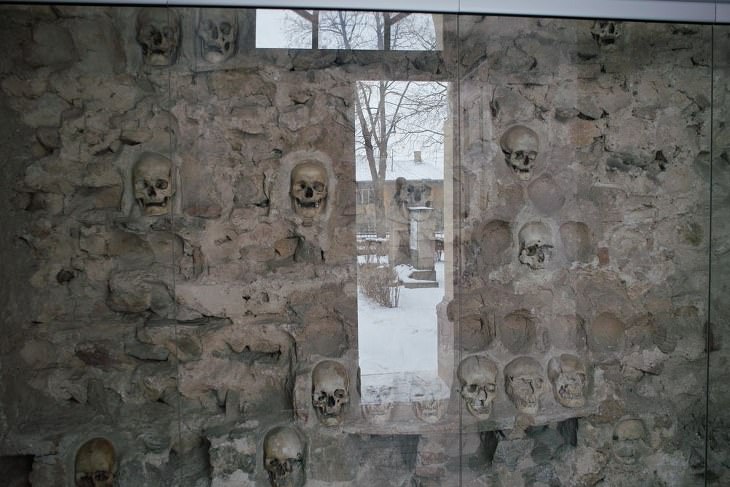

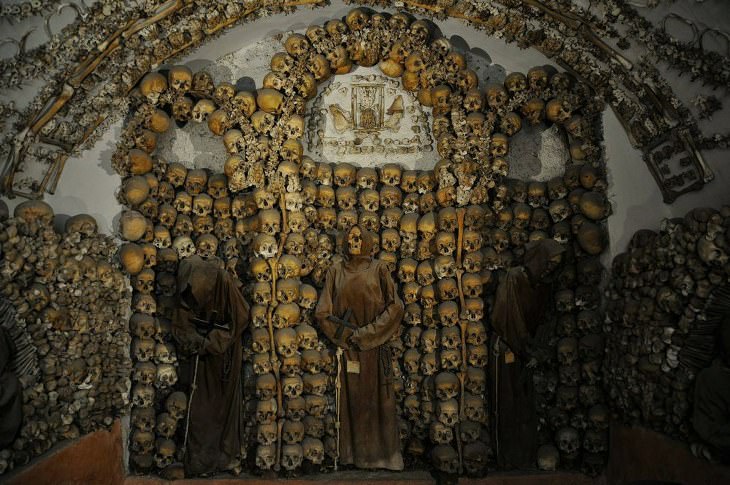
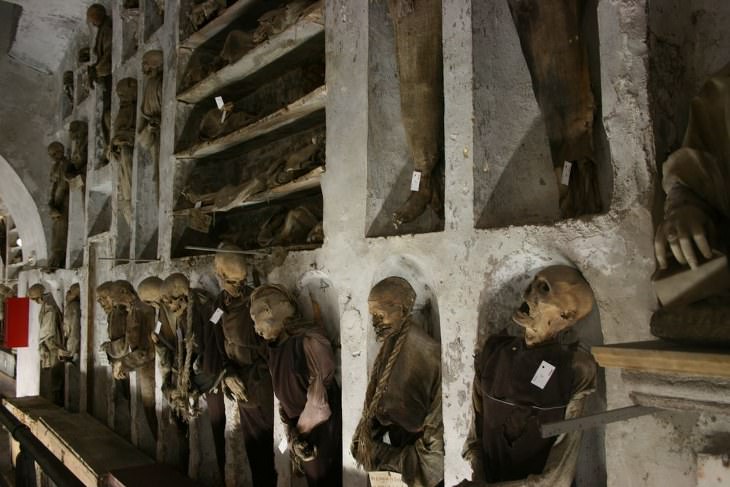
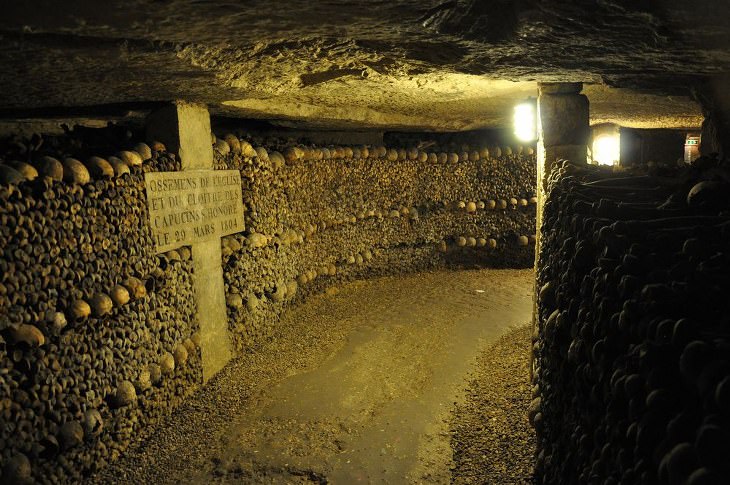
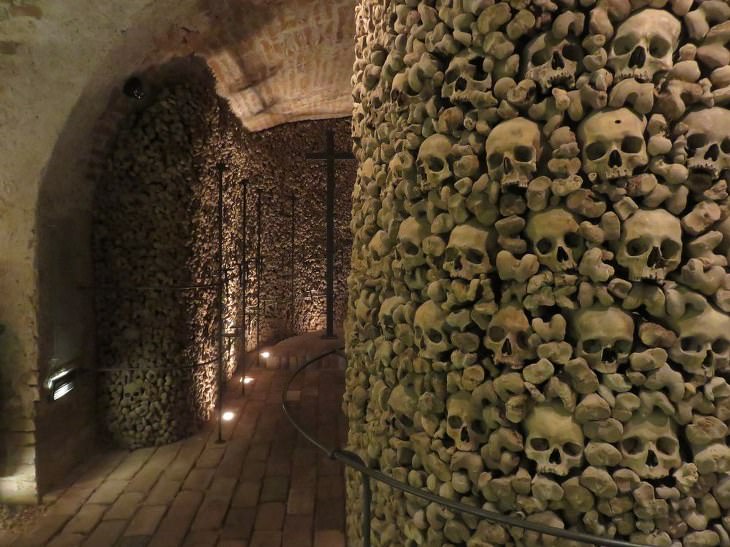
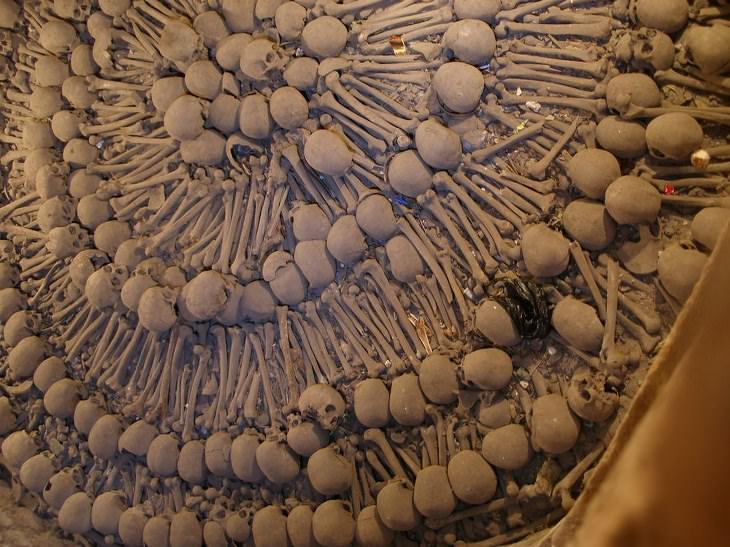
 11:55
11:55
Would You Ever Consider Uploading Your Mind Online?
What happens in the digital afterlife? Who truly owns our digital data?
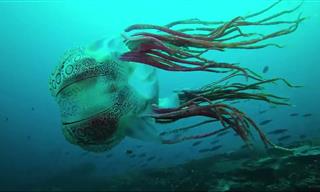
This Rare Jellyfish Was Only Seen Twice
This rare jellyfish was only ever seen twice. Now we have it caught on video.
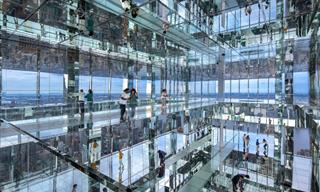
Float Mid-Air On the 91st Floor in New York
It took the artist over 3 years to design, and now this amazing installation is open for visitors in New York!
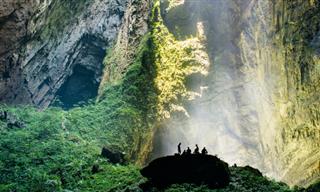
Are You Brave Enough to Visit the World's Largest Cave?
For the humble price of $ 3,000 and a year's waiting list, you too could visit this place. Is it worth it?

Australian Wildlife is Extreme. Birds Are No Exception
No other country has astounding wildlife quite like Australia. You can be sure their birds aren't any different!

What Is Life Like in Japan? These 15 Facts Will Tell You
Japan has a number of cultural differences. Here are 15 intriguing facts about this countries.

12 Towns in Germany That Bring Old Magic to Life
Germany has a reputation for being a cold country, which may be true about its big cities, but not to these 12 small old towns surrounding them ...
 10:27
10:27
Journey on the Santa Claus Express to the Arctic Circle
This Arctic train ride is a bucket-list experience!
 11:11
11:11
Discover Sommarøy: The Island Where Time Takes a Break
Sommarøy is an island where time takes a break...
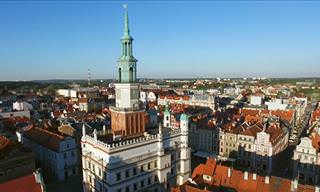 6:09
6:09
This is Proof That Poland Really Is a Stunning Country!
If you’re looking to visit a beautiful country in Europe, then you cannot go wrong with a trip to Poland. See why here!

Discover 7 Unknown & Captivating Secrets of Machu Picchu
The ancient Incan site of Machu Picchu has centuries-old secrets trapped in its walls. Let's learn about a few of the most fascinating ones.
 8:04
8:04
Icarus: The Island of Mystic Tales and Great Beauty
The beautiful island of Icaria is waiting for you to visit..

These Tourist Destinations ae Beautiful... But Deadly!
Our beautiful world, as you're about to see, is full of extremely dangerous tourist attractions. Visit these places at your own peril!

15 Curious Things You Never Knew Existed In Our World
Our world is full of curious and wonderful things you have probably never seen before. Here’s a look at a few of them.

These Thai Temples Are Incredible Pieces of Art
Thailand has a lot to see and do, some of the main attractions are the many temples in the country. Here are 10 special and magnificent temples worth seeing.

Take a Bite Out of Italy With Our Foodie's Travel Guide
A comprehensive travel guide to Italian cuisine
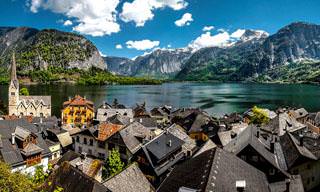
These Villages Have to Be the Most Beautiful in the World
Europe has to be home to some of the world's most beautiful villages, and the nine we're about to show you are no exception. Take a look at them for yourself.
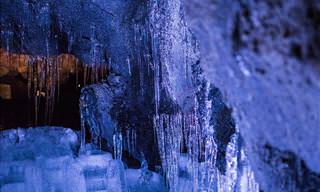
Canadian Hidden Gem: Visit the Amazing Ontario Ice Caves
Discover the beauty of the Ontario Ice Caves and read everything you need to know about them in this fun and wintry article.

10 Reasons to Visit Southern Italy's Amalfi Coast
In the following images, you'll get to see the 10 most charming coastal villages and sites that you can find there.
 5:30
5:30
Let Us Take You to a Magical Island...
Gran Canaria is a unique place where tropical beaches, sand dunes, luxurious resorts, architecture, and many other amazing things come together on a single island...

Hidden Natural Marvels in the USA Everyone Should Visit
These are so many magical places to see in the United States! Don't miss out on these 10 stunning natural wonders on your next road adventure
 3:25
3:25
This Cheeky Elephant Shuts Down Roads for a Quick Meal
This cheeky elephant's snack quest led to an unexpected traffic jam.
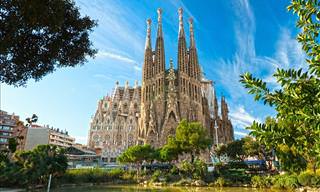
When in Barcelona, You Must Visit These Hotspots
Barcelona is Spain's second city, and attracts millions of visitors each year. Here are 15 places you must visit when in this beautiful city.
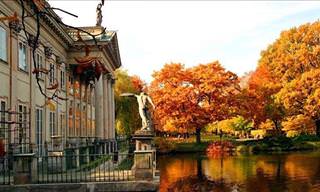
12 Sites You Need To See If You Ever Visit Warsaw, Poland!
Warsaw, the capital of Poland offers an almost confusing abundance of beautiful attractions. The following guide will recommend the best 12!
 8:54
8:54
These Are the Most REMOTE Places On Earth
As accessible as the world may seem in the 21st century, there are still some places that are shockingly difficult to get to...
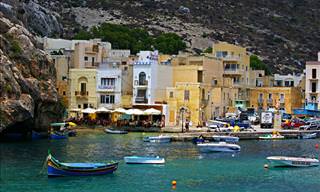
16 Must-See Places in the Maltese Islands
The Maltese Islands are small in size, but abundant with things and places to see. Here are 16 must-see places in the Maltese Islands.

Beautiful & Breathtaking! Romania is a Sight to See
Romania is absolutely stunning! Just take a look at these beautiful photos.
 3:42
3:42
Experience the Richness of Canada’s Breathtaking Nature
Go on a breathtaking journey through wild forests, crystal lakes and up the hills of massive mountains in British Colombia and Alberta, Canada.

The Italian Lakes Are Like Pieces of Heaven On Earth
The Italian Lakes are associated with glitz, glamour and sheer beauty. View some of the most beautiful lakes in Europe, if not the entire world.
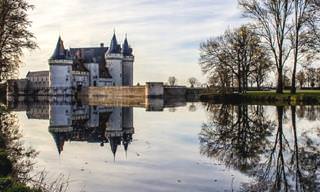
These Places In France Are An Absolute Must-Visit
France is such a beautiful and varied country, so it's perhaps no wonder that it's the world's most popular tourist destination. Take a look at these 15 places.
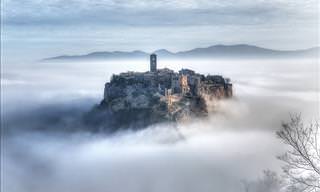
The 2,500-Year-Old Etruscan Citadel That's Crumbling Away
This incredible Etruscan citadel is at risk of being lost forever, however efforts are underway to ensure that it remains intact. View it here.
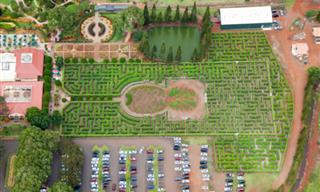
Adventure Seekers, Think You Can Beat These Labyrinths?
Adventure seekers! Do you have what it takes to pass through these labyrinths and mazes?
 9:34
9:34
Grimentz Is the Winter Wonderland You’ve Been Dreaming Of
Switzerland’s Grimentz promises an unforgettable winter experience unlike anywhere else

20 Lovely Sights One Might See in Morocco...
Morocco is one of the world's most extraordinary places. Just gasp at these 20 stunning photographs of mountains, seas, deserts, towns and much more.

Nature's Masterpieces: 9 Awe-Inspiring Canyons to Behold
Explore some of our planet’s most breathtaking canyons.
 26:27
26:27
The Mysteries of Akkad and Other Lost Biblical Cities
Can we really find the lost Biblical cities?
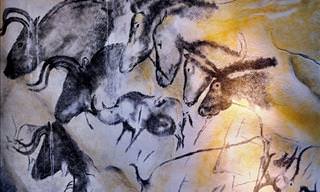
Art so Gorgeous, You Wouldn’t Believe Cavemen Drew It
A description of the findings at the Chauvet Cave at Pont d'Arc
 28:25
28:25
Bhutan: Where Happiness and Nature Go Hand in Hand
Get ready to explore Bhutan's enchanting blend of culture, nature, and the warmth of its people.
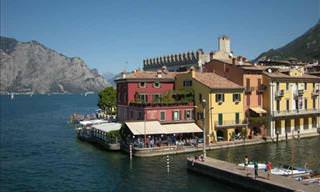
For the True Beauty of Italy, Look to the Small Towns...
Italy is blessed with so many beautiful cities, landscapes and places. Nowhere is it more evident than in these little picturesque towns, each more stunning than the next.

8 Incredible Underground Cities You've Got to See
Let’s explore 8 mysterious underground cities from around the world
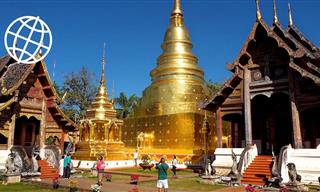 12:37
12:37
Rose of the North: Let's Travel to Chiang Mai!
With the help of the following video, you can visit some of the most beautiful places in Chiang Mai. .

Utrecht is the Netherlands’ Underrated Gem
If you’re looking for a big city with the vibe of a quaint small town, Utrecht may be the perfect choice for you. 10 of the city's best locations.

These Photos of Machu Picchu Are Simply Stunning
Machu Picchu is one of the few places everybody wished to visit, and these gob-smacking pictures show just why.
 23:36
23:36
Serengeti Park: African Wildlife and Nature at Its BEST
If you dream of admiring the wildlife and nature of Africa in its most classic form, there’s no better place to visit than the Serengeti National Park in Tanzania.
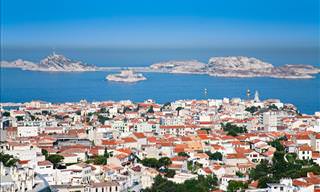 2:43
2:43
France is Truly Beautiful & This Video Proves It
These French towns are absolutely marvelous. Take a look.
 9:35
9:35
Come Visit Gorgeous Islands of Rainbows and Waterfalls
It's a place both your eyes and sense of adventure will love to see.
To enable your Ad-Free Subscription, please fill the fields below
Your subscription was successful, now you can enjoy an ad-free experience!! Note: To make sure you get no ads, please make sure to log in to your account. If you are logged in already, then refresh the page. The subscription can be cancelled at any time.


